After months of discussing, planning, and failing on my part, Amelie and I finally got to spend the day together yesterday 😀 She is super sweet, as is her fiance, as are her cats. It is really nice to find a friend nearby to practice kitsuke with, go to kimono events, and of course loan and swap items. Not only that, but we have many other obscure interests in common.
Of course, we had to share kimono and get dressed up and go to dinner.
I wore my new red tsukesage with french-knot embroidery and my red and cream Stations of the Tokaido hakata obi, Ame wore my green iromuji (which looks and fits waaay better on her than it does on me, it pains me to say) with an adorable cream tsuke-obi.
I apologize for my appearance in these pics – My hair was being really poofy and weird and I wasn’t able to put on any makeup because idiot cat bit me in the eye early in the morning. Yes, my cat is an asshole.
We decided to go out for sushi and her fiance put on yukata 😀
Items used in this coordination
- Rich Red Sagara Embroidery
- Hakata Tokaido
- Mustard Shibori
- Gold & Olive

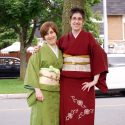
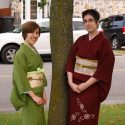
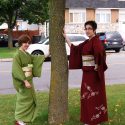

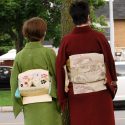

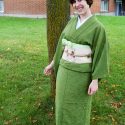
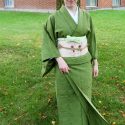

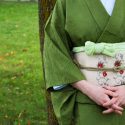
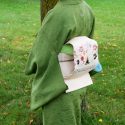
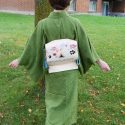
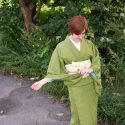
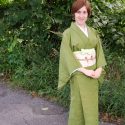

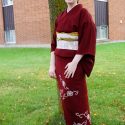
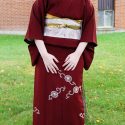
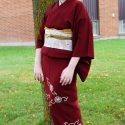
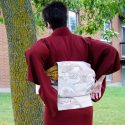
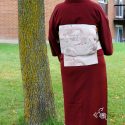


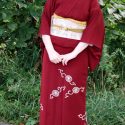
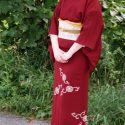




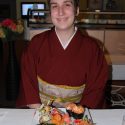
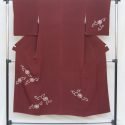
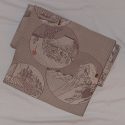
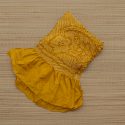
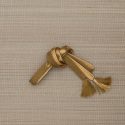


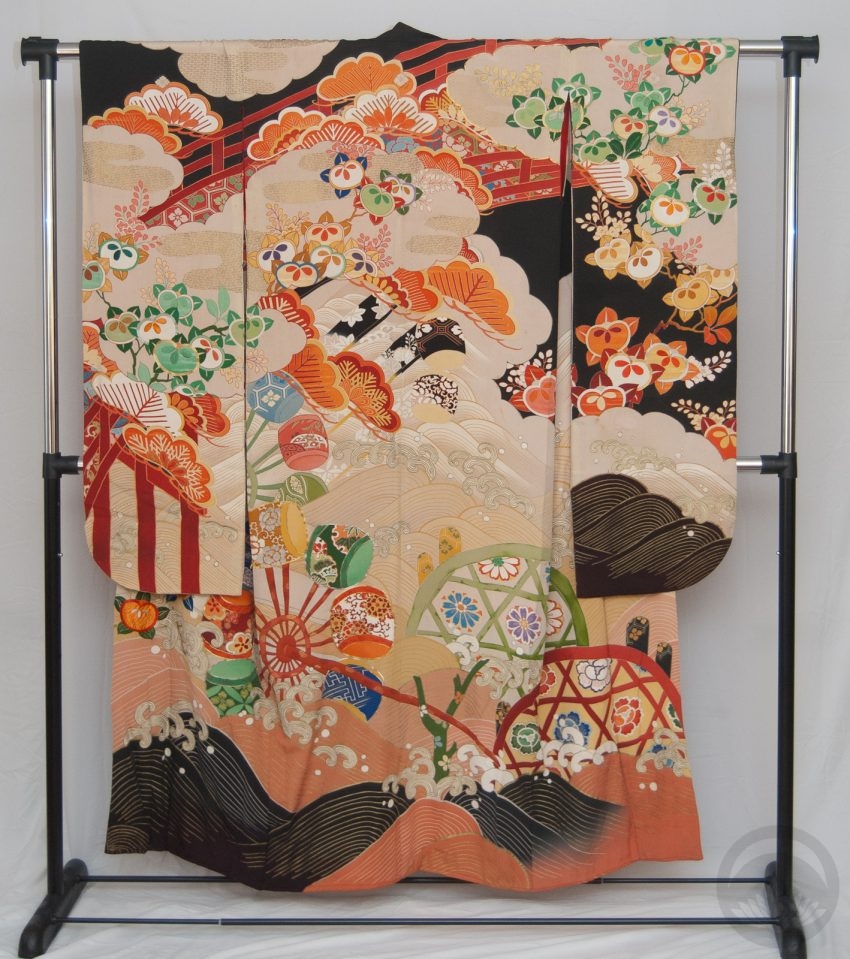
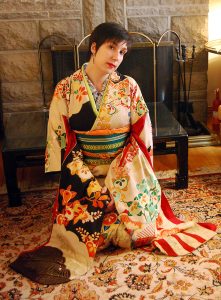
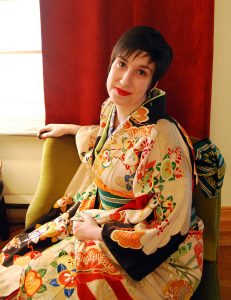
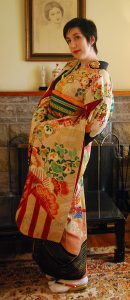

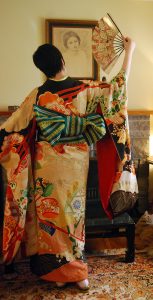
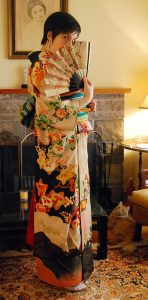
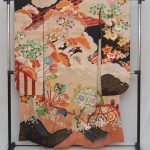
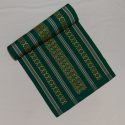
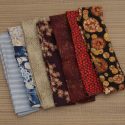
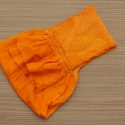

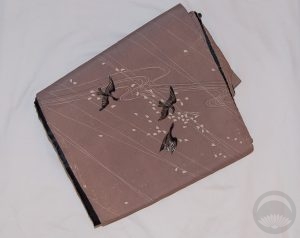











 Bebe Taian
Bebe Taian CHOKO Blog
CHOKO Blog Gion Kobu
Gion Kobu